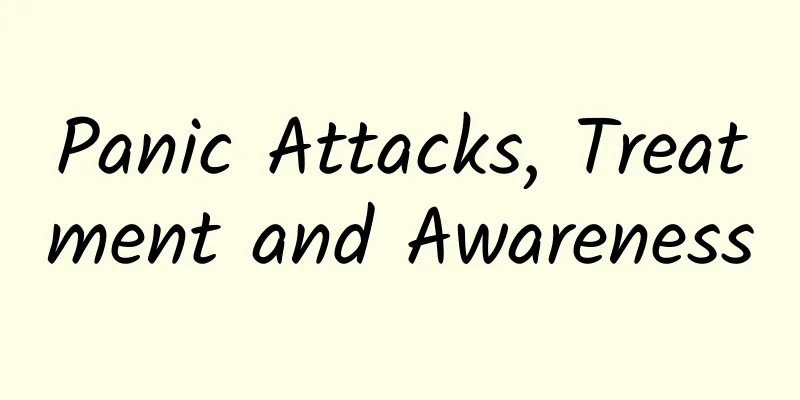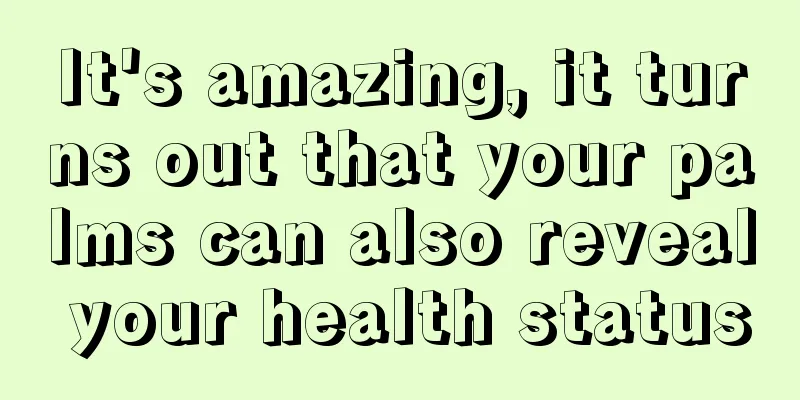Panic Attacks, Treatment and Awareness

|
introduction In daily life, we occasionally experience brief tension, fear or anxiety, which are part of normal human emotional responses. However, when these emotions erupt in an extremely intense, uncontrollable manner without obvious triggers, they may constitute what is medically known as a "panic attack." This phenomenon has a serious impact on the patient's quality of life and may even lead to social disorders and a decline in quality of life. This article aims to unveil the mystery of panic attacks and help readers understand the physiological mechanisms, typical symptoms, triggering factors, and effective coping and recovery strategies behind them. 1. Definition and physiological mechanism of panic attacks A panic attack, also known as an acute anxiety attack, is a sudden, intense state of panic that usually peaks within a few minutes and can last from a few minutes to half an hour. Although during an attack, an individual may mistakenly believe that they are experiencing a heart attack, suffocation, or other serious medical condition, in reality, a panic attack is an exaggerated psychological stress response. From a physiological point of view, panic attacks are mainly caused by the overactivation of the brain's "fight or flight" emergency system. When faced with potential threats, the sympathetic nervous system quickly starts to release a large amount of stress hormones such as adrenaline and norepinephrine, leading to physiological reactions such as accelerated heart rate, rapid breathing, increased sweating, and muscle tension. However, in panic attacks, this emergency response is mistakenly triggered, even though there is no actual danger. Typical symptoms of panic attacks Symptoms of a panic attack are varied and intense and include, but are not limited to: Palpitations or tachycardia: A feeling of your heart beating wildly, sometimes accompanied by chest tightness or pain. Difficulty breathing: Feeling like you can’t take a deep breath or you can’t catch your breath. Dizziness or loss of balance: may be accompanied by numbness, tingling, or weakness in the hands and feet. Sweating, shaking, chills, or a feeling of heat. Upset stomach, nausea, or diarrhea. Feelings of loss of control or impending death. Fear of losing reason or control. Hallucinations or hearing disturbances (such as tinnitus). 3. Triggering factors of panic attacks Although panic attacks may seem to occur without warning, some factors may increase their likelihood, including: High-stress life events: such as work pressure, interpersonal relationship conflicts, death of a loved one, etc. Specific situations or triggers: such as enclosed spaces, crowded places, high-speed driving, etc. Physiological factors: such as lack of sleep, excessive fatigue, certain medications or substance abuse. Psychological factors: such as excessive worry, perfectionism, and excessive sensitivity to physical sensations. Genetic factors: Studies have shown that panic disorder has a certain familial clustering. 4. Coping and Recovery Strategies When faced with a panic attack, individuals can adopt the following strategies to effectively cope and recover: Cognitive behavioral therapy (CBT): With the help of a professional counselor, learn to identify and challenge the irrational thinking patterns that trigger panic, and gradually face and adapt to situations that have triggered panic through exposure therapy, thereby reducing its interference with life. Relaxation training: such as deep breathing exercises, progressive muscle relaxation, meditation, yoga, etc., can help reduce daily stress levels and enhance the ability to cope with panic. Drug treatment: Under the guidance of a doctor, the use of anti-anxiety drugs (such as benzodiazepines, SSRI antidepressants, etc.) can effectively reduce the frequency and intensity of panic attacks. Lifestyle adjustments: Maintaining a regular schedule, a balanced diet, moderate exercise, and avoiding caffeine and other stimulants can help stabilize mood and improve sleep quality. Social support: Sharing your feelings with family, friends or support groups to gain understanding and encouragement can help alleviate loneliness and increase your confidence in coping with difficulties. Conclusion Although panic attacks are frightening and challenging, they are understandable and treatable. By understanding the physiological mechanisms behind them, identifying symptoms, exploring triggers, and actively taking treatment, you can master the skills to deal with panic attacks and gradually restore a sense of calm and control in your life. If you experience frequent or severe panic attacks, it is recommended to seek support and guidance from professional mental health services in a timely manner. |
<<: Everyone has their own "hemorrhoids". Find out which type of hemorrhoids you have.
>>: New healthy trend: Adults add some milk every day
Recommend
What are the benefits and functions of black bean sprouts? Detailed introduction of black bean sprouts
Black bean sprouts are tender and nutritious. The...
How much does a glucose tolerance test cost?
The glucose tolerance test is to check whether th...
How long will influenza A and B continue to spread? Children with four types of symptoms should be alert to the possibility of pneumonia:
Yesterday, the National Health Commission held a ...
As the weather gets hotter, eat more fresh fruits and vegetables to replenish fluids
□ Li Dongye The weather is getting warmer day by ...
What is the normal progesterone level for pregnant women?
Women's fertility and fetal growth after preg...
Detailed explanation of pressure sores and nursing guidelines
| What are pressure sores? Pressure sores, also k...
Is it necessary to use small medicines when fishing? When is it better to use small medicines when fishing?
You can use small medicines when fishing, but it ...
Contraceptive pills should be used before and after 72 hours
72-hour emergency contraception means that it is ...
Girls' calf circumference
Modern women pursue health and beauty. Every fema...
How many degrees of fever can I have during breastfeeding?
Mothers who are breastfeeding will encounter vari...
Breast eczema during lactation
Breast eczema is a very special skin disease that...
Can pregnant women eat watermelon in their daily life?
I believe everyone is familiar with watermelon. W...
What should people with frequent milk blockage do?
For a period of time after a newborn baby is born...
What should I do if a girl's period is delayed for more than ten days?
Whether the menstrual period is normal is closely...
How to regulate a cold constitution
Many girls have cold hands and feet in winter. Ev...









